


The Ultimate Guide to Choosing the Right Printing Technology
Choosing the wrong label printing technology can lead to cost overruns, reduced efficiency, and even customer complaints due to unreadable labels. As experts in printing solutions, HPRT understands your challenges. This guide will clarify the core difference between direct thermal and thermal transfer to help you make the most informed decision.
This video shows how a direct thermal label printer works. The thermal label paper is fed into the printer, and the image appears instantly with just heat. There is no ink, toner, or ribbon required.
This video shows how a thermal transfer label printer printing works. Watch closely, and you can see the ribbon (the black film) and the label roll being used together. The printhead melts ink from the ribbon onto the label for a durable, long-lasting print.
| Feature | Direct Thermal | Thermal Transfer |
|---|---|---|
| How It Works | Printhead directly heats special thermal paper, causing it to change color. | Printhead heats a ribbon, transferring ink onto the label material. |
| Supplies Needed | Only thermal labels/paper | Labels + Ribbon |
| Print Quality | Good, sufficient for most barcodes and text. | Excellent, crisp, sharp, scratch-resistant, and high-density. |
| Print Durability | Short (typically 6-12 months), sensitive to light, heat, and friction. | Very Long (several years), resistant to chemicals, high temperatures, and harsh environments. |
| Ease of Use | Very Simple, no ribbon to install, just change the paper. | Slightly more complex, requires ribbon installation and matching. |
| Printhead Lifespan | Relatively shorter due to direct contact with the label paper. | Relatively longer as the ribbon protects the printhead. |
| Key Advantage | Simple, economical, no ribbon needed | Durable, high-quality, wide material choice |
| Typical Applications | Shipping labels, retail receipts, fresh food labels, event tickets. | Asset management, product identification, outdoor labels, medical wristbands, jewelry tags. |
| HPRT Recommendation | View Direct Thermal Printers → | View Thermal Transfer Printers → |
So, how does a direct thermal printer work? The principle is surprisingly simple and requires no ink. Direct thermal printing uses thermal paper that has been treated with a special chemical coating. The printhead precisely heats specific areas of the paper, causing the chemical coating to react and turn black, thus forming text and images. This technology is commonly seen in supermarket receipts.
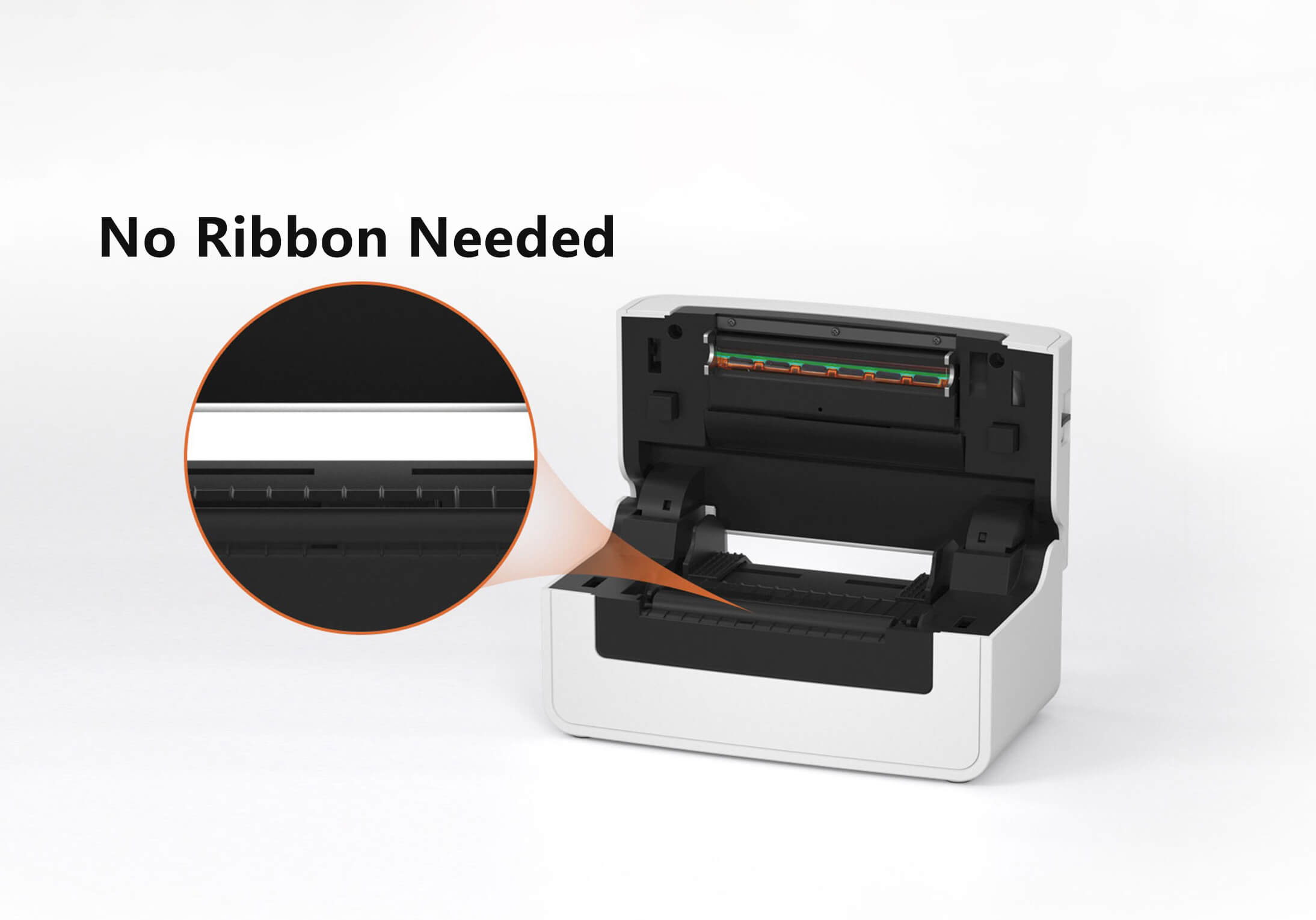
And how does a thermal transfer printer work? Instead of heating the paper directly, thermal transfer printing technology works by heating a ribbon film. The printer's printhead heats the thermal transfer ribbon, a thin film coated with solid wax or resin-based ink. The heat melts the ink from the ribbon and precisely transfers it onto the label material, where it solidifies to create a durable, clear printed content.
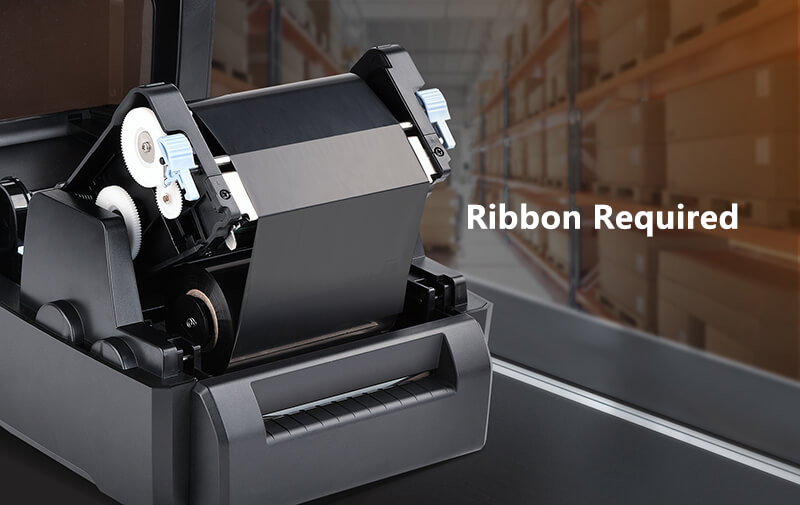
Still undecided? Let's look at your actual use case. Answer the three questions below to find the best printing technology for you!
Less than a year → Direct Thermal Printer
More than a year → Thermal Transfer Printer
Indoor, room temp → Direct Thermal Printer
Harsh environments → Thermal Transfer Printer
Standard needs → Direct Thermal Printer
High precision / special materials → Thermal Transfer Printer
Scenario: High-volume daily shipping labels, dispatch labels, and short-term bin identification.
Recommended Technology: Direct Thermal. Its high speed, simple operation, and low cost perfectly match the logistics industry's demand for extreme efficiency and cost control.
Scenario: Product price tags, promotional labels, receipts, and labels for bubble tea or fresh food items.
Recommended Technology: Direct Thermal. These labels have a short lifecycle, making the speed and economy of direct thermal printing the ideal choice.
Scenario: Electronic component labels, product serial numbers, PCB traceability, fixed asset management, and outdoor equipment warnings.
Recommended Technology: Thermal Transfer. Manufacturing environments are complex; labels must resist high temperatures, chemical solvents, and physical abrasion to ensure traceability throughout the product lifecycle.
Scenario: Patient identification wristbands, pharmaceutical labels, lab specimen tube labels, and medical device tracking.
Recommended Technology: Thermal Transfer. In healthcare, label accuracy is a matter of life and death. Labels must remain clear and legible even after contact with alcohol swabs and cleaning agents. Thermal transfer is the only choice that meets these requirements.
Now that you've identified the technology you need, HPRT offers a range of professional printing devices to cover all requirements.
Ideal for short-term label applications that demand efficiency, ease of use, and cost-effectiveness.
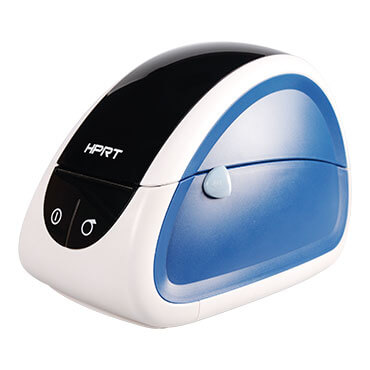
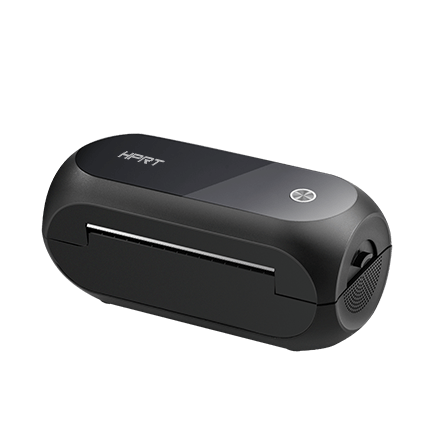
Suitable for demanding, professional-grade label applications requiring long-term durability and diverse material compatibility.
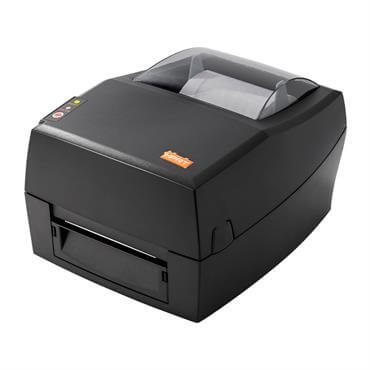
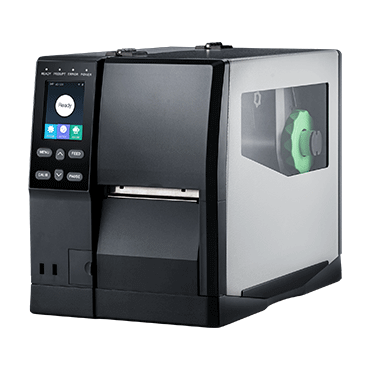
A: No, and this is one of their biggest advantages. Direct thermal printers do not need any ink, toner, or ribbon; they create images directly on heat-sensitive paper. Thermal transfer printers do not use ink either, but they require a thermal ribbon, which is a roll of film coated with solid ink that gets transferred to the label.
A: Yes, the vast majority of thermal transfer printers (like the HPRT XT300 and Glory-L/ Gala) are "dual-mode" compatible. When you load direct thermal paper and do not install a ribbon, the printer will function as a direct thermal printer. This provides you with excellent flexibility.
A: There are three main types of ribbons: Wax, Wax/Resin, and Resin. The choice depends on your label material and durability requirements. In short: use Wax for paper labels; use Wax/Resin for coated paper or some synthetic papers that need some scratch resistance; use Resin for synthetic materials (like PET, PP) that require extreme durability (chemical and heat resistance). We recommend consulting an HPRT consumables expert for the perfect match.
A: It cannot be completely prevented, but it can be significantly delayed. Store direct thermal labels in a cool, dry, dark place, away from heat sources and plastics (like PVC folders). This can maintain their legibility for several months or even up to a year.
A: This depends on several factors: total print volume, print speed, darkness settings, and the quality of the consumables used. Generally, due to the protective layer of the ribbon, a thermal transfer printhead lasts 2 to 3 times longer than a direct thermal printhead. Regularly cleaning the printhead with an alcohol swab is the most effective way to extend its lifespan.